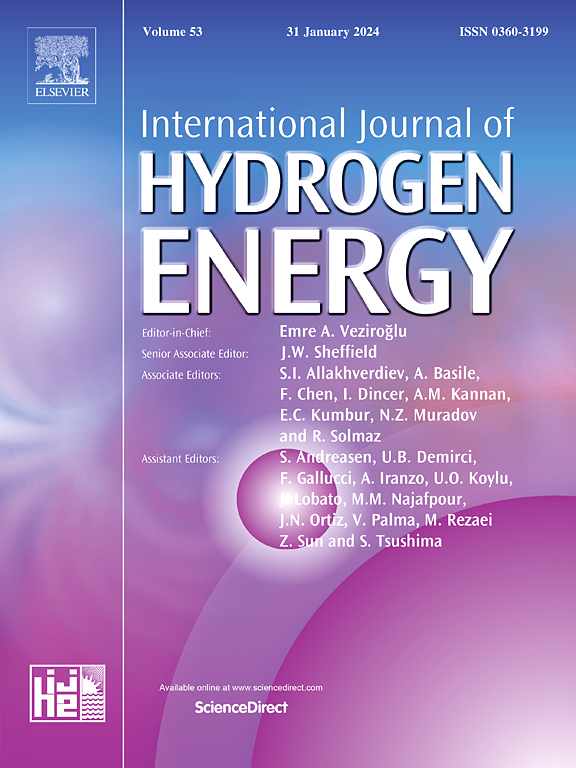Two-dimensional materials-based cathodes for high-performance microbial fuel cells
IF 8.1
2区 工程技术
Q1 CHEMISTRY, PHYSICAL
引用次数: 0
Abstract
Microbial fuel cells (MFCs) have been considered an eco-friendly avenue for electricity production and concurrent water purificationtechnology. In MFCs, electrodes as the building blocks of MFCs play a significant role in determining the performances, thus an optimized selection of the suitable electrodes becomes crucial. Over the last decade, two-dimensional (2D) materials have emerged as potential electrodes to substitute precious metals such as platinum owing to their exceptional geometric structure, surface area, electrical conductivity, electronic properties. In this review, the potential benefits of 2D materials as cathodes to facilitate the reduction reaction in MFCs is discussed starting with biological redox reaction, physical chemistry of diverse 2D materials, and the respective MFCs performances. We cover from conventional graphene and layered double hydroxides (LDHs) as prototypical active material to emerging compounds such as, metal organic frameworks (MOFs), transition metal dichaldogenides (TMDs), and transition metal carbides (MXenes). The power density of 2D-based cathodes yields in the range of 50 – 2000 mW/m, which stimulates further development. Additionally, some recent advances in the oxygen reduction reaction mechanism of 2D materials are also summarized. This insight may provide a deeper understanding for further designing highly catalytic materials and consequently improving the performances of MFCs. Finally, the future outlook and research direction are highlighted in further exploiting the uniqueness of 2D materials as cathodes for enhanced performances and reliability of MFCs to accelerate market adoption, paving the way for sustainable and renewable energy production.

求助全文
约1分钟内获得全文
求助全文
来源期刊

International Journal of Hydrogen Energy
工程技术-环境科学
CiteScore
13.50
自引率
25.00%
发文量
3502
审稿时长
60 days
期刊介绍:
The objective of the International Journal of Hydrogen Energy is to facilitate the exchange of new ideas, technological advancements, and research findings in the field of Hydrogen Energy among scientists and engineers worldwide. This journal showcases original research, both analytical and experimental, covering various aspects of Hydrogen Energy. These include production, storage, transmission, utilization, enabling technologies, environmental impact, economic considerations, and global perspectives on hydrogen and its carriers such as NH3, CH4, alcohols, etc.
The utilization aspect encompasses various methods such as thermochemical (combustion), photochemical, electrochemical (fuel cells), and nuclear conversion of hydrogen, hydrogen isotopes, and hydrogen carriers into thermal, mechanical, and electrical energies. The applications of these energies can be found in transportation (including aerospace), industrial, commercial, and residential sectors.
 求助内容:
求助内容: 应助结果提醒方式:
应助结果提醒方式:


